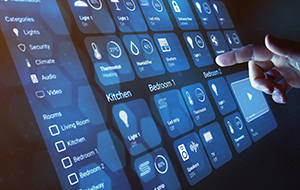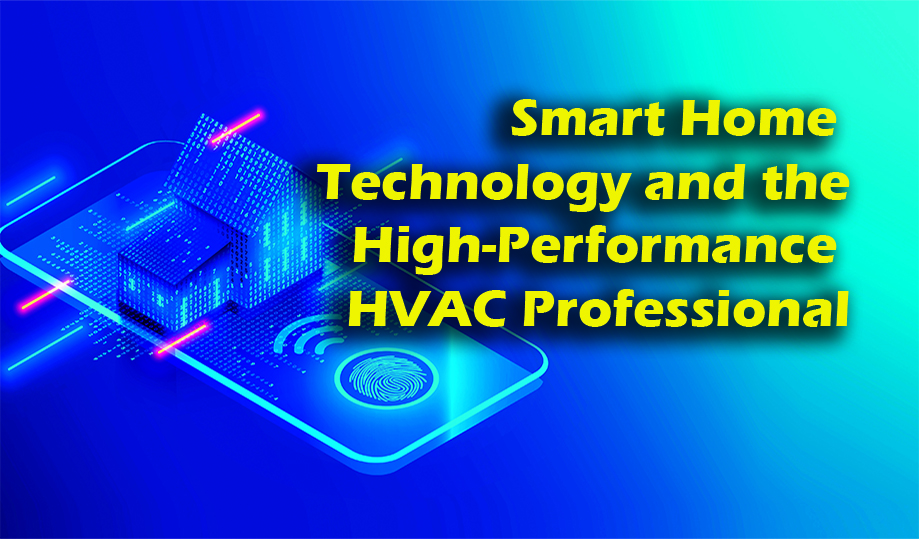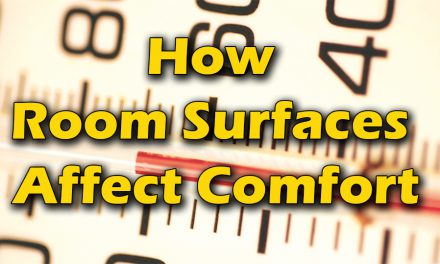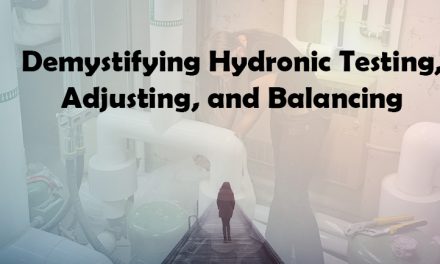Potential Issues of Smart Technology
The smart home technology industry is still beginning to realize all its possibilities. From my perspective as a contractor, the most significant danger is OEMs’ tendency to create proprietary software and communications protocols that may not play nicely with each other.
I’ve spoken to some equipment and component manufacturer leaders who have talked about onboard sensor technology being part of their products for a long time. Many of these sensors are air-gapped, meaning they’re physically segregated and can’t connect wirelessly or physically with other computers or network devices.
They do this because they believe having proprietary data streams is their opportunity. Frankly, I think it’s their obstacle. They need to flip that view and allow for true smart home integration.
If they don’t, this could contribute to a fragmented approach to HVAC system smart tech, leading to the need for gateway technology. Because of the air gap between sensors in HVAC equipment, third-party vendors will likely begin developing workarounds. But that won’t be easy to deal with from a contractor’s perspective.
Fragmentation was a massive issue in the commercial marketplace for years before the advent of BacNet/Lonmark open protocols, and even those had problems.

To Integrate or Not to Integrate
Then there is the issue of HVAC system integrations with other residential systems like lighting, alarms, smoke detection, and more. Is such integration necessary?
Right now, I don’t think so. However, as utilities seek ways to work around aging infrastructure, we may find them developing rebates and other programs which will go beyond the traditional focus on upgrading to high-efficiency equipment. As I said earlier, smart tech is pushing things toward high performance, and I see utilities starting to see the power in that.
In states like California, some utilities offer consumers an option to let the utility monitor energy use for lower energy prices to try and control demand. If that approach spreads across the U.S., we may see a push for more integration between HVAC and other residential systems.
The HVAC industry, which consumes around 40 to 60% of a home’s energy, is responsible for understanding our part in it and what that consumption does to the consumer’s energy bill. That’s when the importance of integrating HVAC into the Smart Tech system will happen.
Final Thoughts
Smart tech is here. Timing is something to look at when considering adopting Smart Tech. I have friends in the information technology sector who always discuss the difference between the leading and bleeding edges. They say it’s OK to be on the leading edge, but you don’t want to be on the bleeding edge.
The bleeding edge is where all the lessons are learned at your expense.
Another hurdle is training. Training is required, and quite often, it can evolve quickly. You may need to update your training from time to time.
Then there is a hurdle that I call consumer mind-share. If consumers aren’t thinking about it and other contractors aren’t talking about it, smart tech can be harder to sell.
That’s where I think timing is key. If you have the right technician talking to customers and connecting with them, educating them about Smart Tech is worth it.
Don’t tie smart tech success to labor in a world where you want to grow your maintenance base. Use smart tech to give you insight into a call or to see something before that critical time of year when you need to make hay while the sun shines.
Smart tech is a game changer; offering smart services like predictive maintenance can make all the difference in your business.













Recent Comments